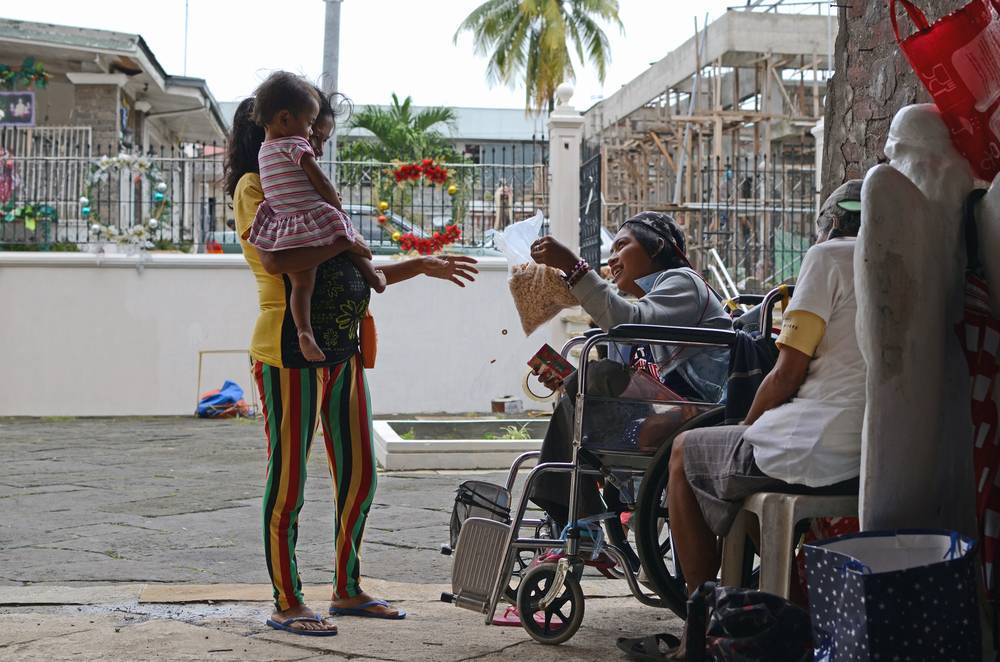Dipolog City and Cagayan de Oro in the Philippines have reported a significant decrease in adolescent birth rates (ABR). This is due to effective interventions addressing teenage pregnancies.
Dipolog City’s ABR dropped from 73.8 per 1,000 girls to 30 in 2022, while Cagayan de Oro decreased from 47.4 five years ago to 34 in 2022. Data-driven innovations and high-impact programs focusing on youth involvement are responsible for these improvements.
The Challenge Initiative (TCI) and its Impact
The Challenge Initiative (TCI) is a five-year urban reproductive health program co-managed by the Zuellig Family Foundation (ZFF) and the Bill & Melinda Gates Institute for Population and Reproductive Health. It has been instrumental in providing solutions to curb teenage pregnancies. Launched in 2020, TCI aimed to transform several areas into adolescent-friendly cities by actively addressing the sexual and reproductive health needs of their youth. The program also sought to improve the accessibility of family planning programs and promote positive health-seeking behaviour among Filipino youth and adolescents.
Successful interventions in Dipolog City and Cagayan de Oro
After joining an earlier ZFF program from 2017 to 2020, Dipolog City saw a decrease in teenage pregnancies. The city was accepted as one of the pilot cities under TCI in October 2020. It has led to high-impact interventions involving city governments, health providers, communities, adolescents, youth, and other stakeholders. The local government launched the “Team Batang Ama Batang Ina Initiative” (BABII). It is a task force addressing Adolescent and Youth Sexual Reproductive Health (AYSRH) issues, including teenage pregnancies.
Cagayan de Oro City, an early TCI site, also recorded an increase in the modern contraceptive prevalence rate (mCPR) from 29% in 2020 to 36% in 2022. This achievement is credited to engaging the youth through various programs. The programs trained youth leaders to lead in creating and implementing AYSRH programs. These include the ZFF’s Youth Leadership and Governance Program.
Teen pregnancy and its implications
Teenage pregnancies pose various health risks to both mother and child. Pregnant adolescents are more likely to experience premature birth, low birth weight, and neonatal mortality. Additionally, teenage mothers may face challenges in accessing quality healthcare, which can lead to complications during pregnancy and delivery.
Decrease in teenage pregnancies across the country
Data from the Philippine Statistics Authority (PSA) indicates a decline in teenage pregnancies in Dipolog City and Cagayan de Oro and other cities across the country. In 2022, 5.4% of women aged 15 to 19 had been pregnant, lower than 8.6% in 2017. It continues the trend from 10.1% in 2013, 9.9% in 2008, and 8% in 2003.
However, the Commission on Population and Development (PopCom) highlights that pregnancies among 10 to 14-year-olds increased from 2,113 cases in 2020 to 2,299 in 2021. The data is from PSA and the Department of Health (DOH). PopCom executive director Lisa Grace Bersales emphasizes the need to address pregnancies in this younger age group.
In conclusion, effective interventions and programs in Dipolog City and Cagayan de Oro have resulted in a significant decline in teenage pregnancies. This demonstrates the importance of targeted and data-driven strategies. These efforts, focusing on youth involvement and education, have contributed to creating adolescent-friendly cities and promoting positive health-seeking behaviour.
However, there remains a need to address the concerning increase in pregnancies among the younger age group of 10 to 14-year-olds. Continued efforts in education, awareness, and accessible healthcare services are essential to reduce teenage pregnancies and improve the overall well-being of adolescents across the country.

